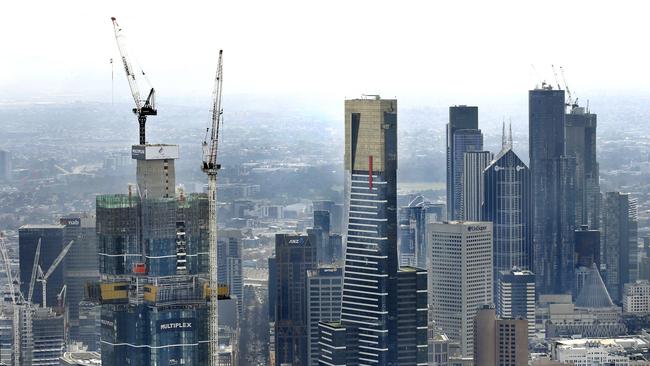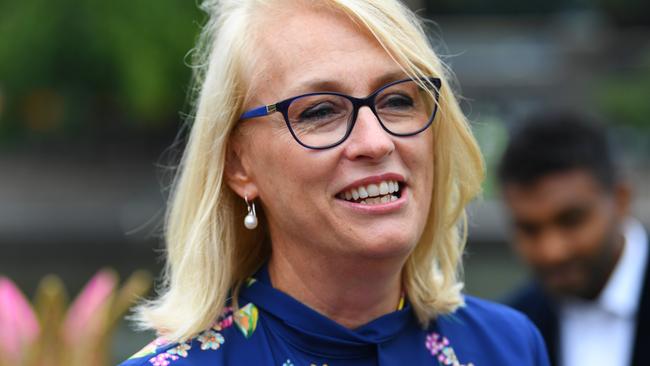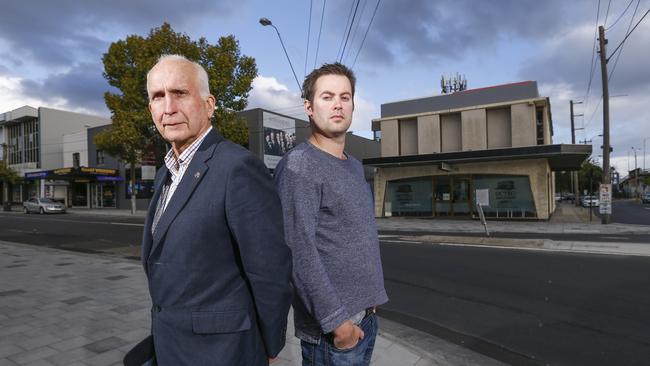Urban Development Institute of Australia calls for new planning levy to help fund cheap housing
The property industry has suggested a “tax” on new Melbourne developments to help vulnerable people needing homes. It comes as the city’s new affordable housing plan warms of a housing affordability crisis.

VIC News
Don't miss out on the headlines from VIC News. Followed categories will be added to My News.
A “tax” on new developments to help fund cheaper housing for needy Melburnians has been proposed by the property industry.
The Urban Development Institute of Australia believes a levy charged across the metro planning system is better than compulsory targets and controls imposed by governments and local councils.
In its draft affordable housing plan released today, the City of Melbourne said the inner-city was in an “affordable housing crisis” amid a shortfall of 5500 homes for the homeless and other vulnerable people.
“This shortfall is a result of a range of factors including a rapidly growing population, rents increasing faster than wages and insufficient investment in social and affordable housing over many years,” said the report to go before a council meeting next week.
The council will lobby for the statewide introduction of compulsory rules to include cheaper housing in new developments.

It will also develop affordable rental housing on council land, and look at allowing more than 25 per cent cheaper housing in urban renewal areas.
UDIA state chief executive Danni Hunter blamed the crisis on chronic government under-investment in affordable housing.
“What’s concerning is if our leaders shy away from their responsibility to put serious investment into the affordable housing market, and expect the private sector to do that for them,” she said. “The system we have now is broken.”
Ms Hunter said that a broadbased levy, similar to the way open space is funded, must be considered.
“It could be a flat-rate affordable housing contribution levied through the planning system across metropolitan Melbourne to avoid skewing of market activity between sectors, precincts or specific sites,” she said.
UDIA policy is to phase the levy in at 0.5 per cent of assessed land value with a transition period of at least five years to allow the market to adjust.
It would replace all other affordable housing requirements with a cost to landowners/developers such as voluntary deals and planning controls.

The UDIA also has an affordable housing delivery “toolkit” to align federal, state and local government direct funding options.
Meanwhile, new figures show that there were 42,838 people on the Victorian public housing waiting list as of December 2019, up about 1500 in just six months.
Sustainable Australia Party MLC Clifford Hayes said Melbourne’s rapid population growth of the past 15 years had led to the blowout in numbers.
“We can’t look after our own and yet our government is hellbent on making Melbourne bigger and bigger,” he said.
“The government has been so focused on providing infrastructure to keep pace with the growth, that it has lost sight of the declining housing affordability and rising public housing demand.”
“People who cheerfully advocate a continuation of Melbourne’s skyrocketing
population need to understand their role in undermining efforts to combat homelessness.”
MORE NEWS
CITY’S AMBITIOUS PLAN TO END ROUGH SLEEPING
WHY OUR CBD POPULATION IS BOOMING
